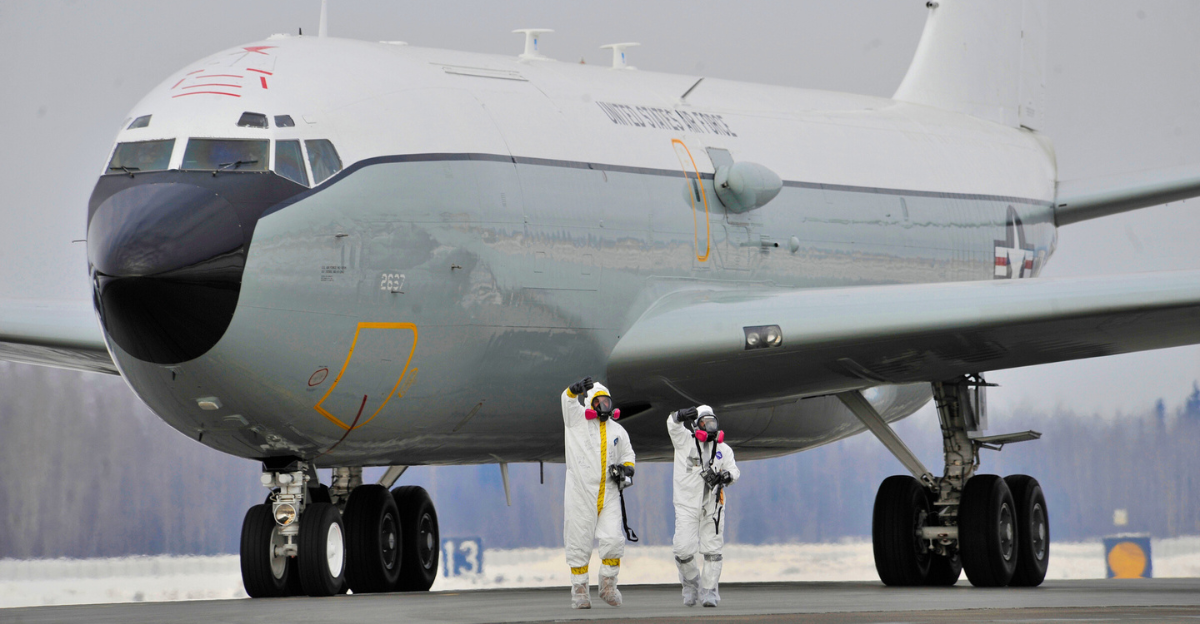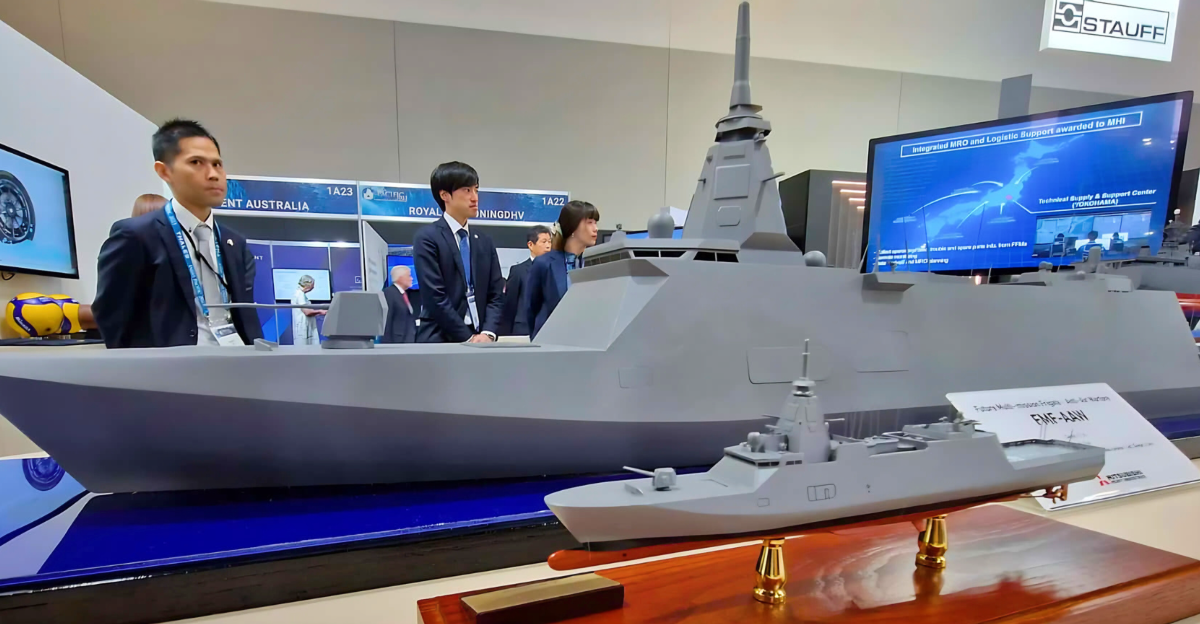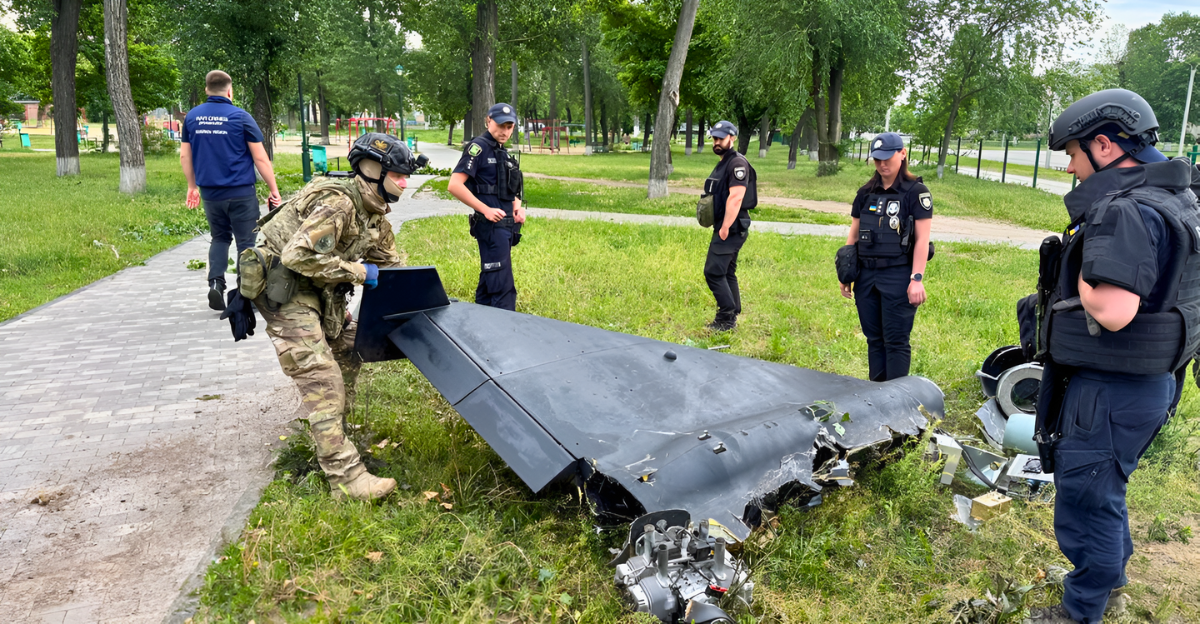
Last week, Ukrainian drone hunters recovered debris from Russia’s nightly drone attacks and discovered an unusual weapon. Unlike most Russian-made drones, which are black, this one was white and stood out due to its advanced features.
It included an advanced camera, an artificial intelligence (AI) computing system, and a radio link enabling remote piloting from Russia.
The drone’s design appeared to indicate that the drone was something more than just a typical attack device, hinting at a leap in technology that could shift the balance in the ongoing conflict. This discovery has raised questions about the origins and the capabilities of this new drone.
Expert Insights on the Drone’s Capabilities
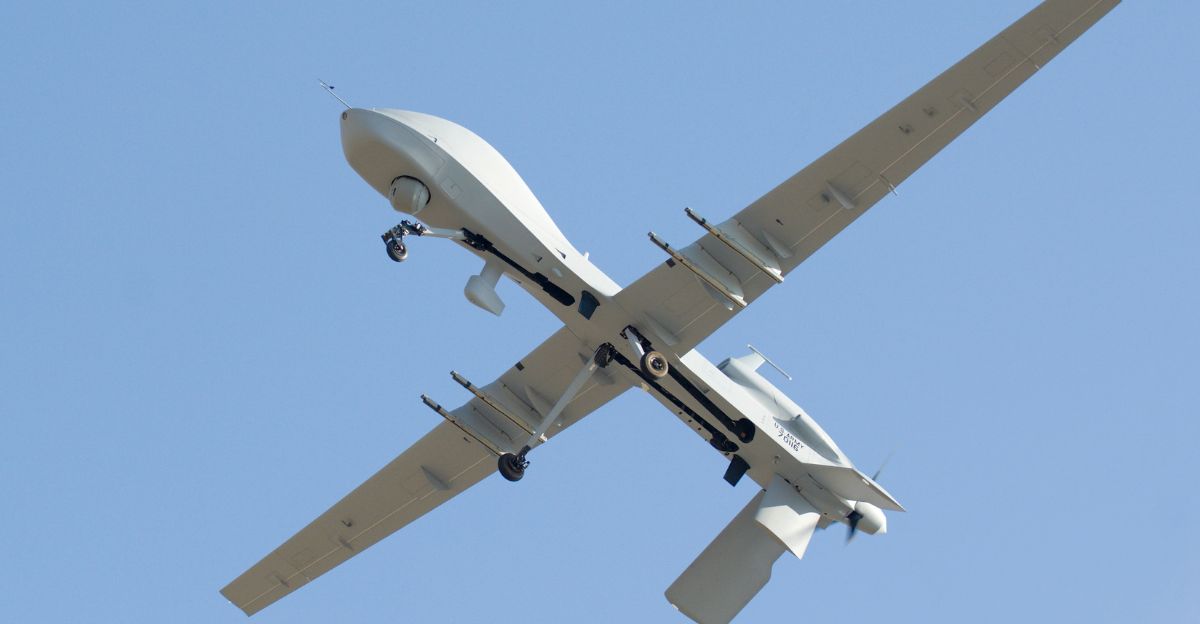
According to Serhii Beskrestnov, a Ukrainian electronics expert who is also known by his nickname Flash, the drone’s advanced electronics and anti-jamming features mark a significant upgrade over previous models.
Beskrestnov noted that the drone’s radio link allows operators to adjust targets mid-flight, something that earlier Russian drones couldn’t do. This adaptability increases the drone’s effectiveness against Ukranian defenses.
Additionally, the drone’s AI platform enables autonomous navigation when communication is cut off. These features suggest a sophisticated integration of technology that could complicate Ukraine’s air defense efforts. Similar observations were also made by Fabian Hinz, a drone specialist at the International Institute for Strategic Studies in London.
The Iranian Connection Revealed
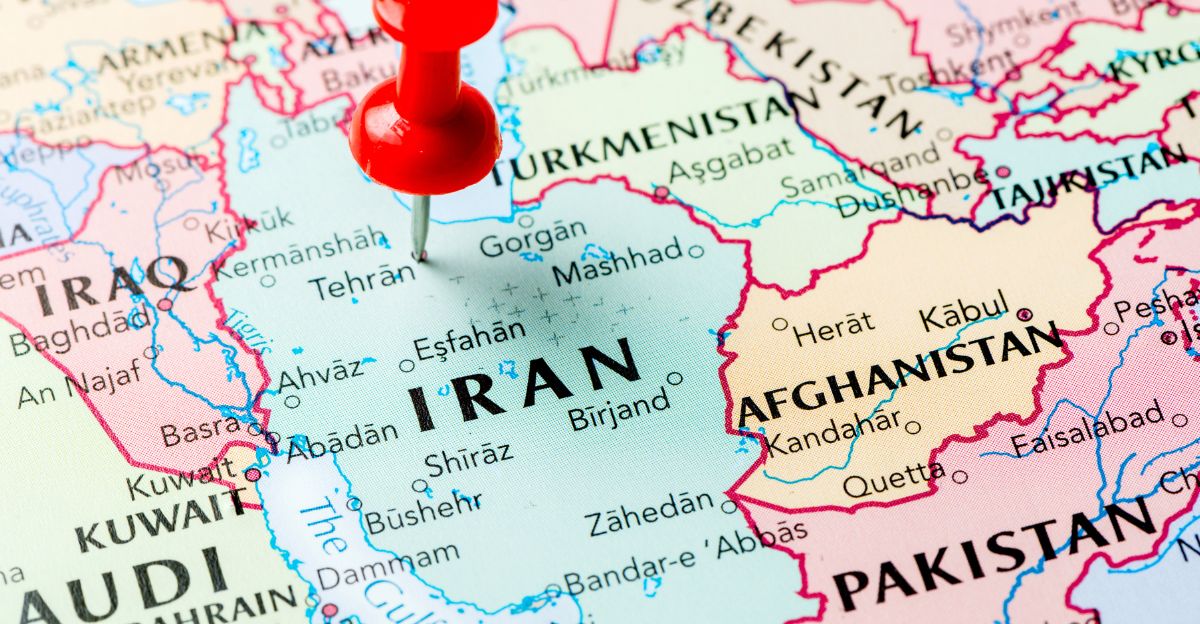
While the drone bore no markings typical of Russian manufacture, it carried labels consistent with a “standard Iran labeling system,” Beskrestnov said. Experts consulted by The Associated Press noted that the English-language markings aligned with how Iran marks its drones.
The anti-jamming technology inside was identified as Iranian-made, suggesting that Iran is stealthily supplying Russia with sophisticated drone components.
This revelation points to a deepening military-technical cooperation between Russia and Iran, with Tehran providing cutting-edge technology to Moscow’s drone arsenal.
Iran’s Advanced Anti-Jamming Drone Technology

Iran has recently equipped its wide-body “Gaza” drone, also known as Shahed-149, with sophisticated anti-jamming and anti-spoofing systems.
Those upgrades are designed to protect drones against electronic warfare methods that interfere with navigation and control signals. The Gaza drone, unveiled in 2021, boasts a 21-meter wingspan, weighs 3.1 tons and can carry up to 13 bombs.
It can fly for up to 35 hours at altitudes of 35,000 feet and has an operational range of 2,000 km. These capabilities make it a versatile platform for combat, reconnaissance, and humanitarian missions. Iran’s advancements in drone technology are now influencing the battlefield dynamics in Ukraine.
Russia’s Domestic Production and Iranian Influence
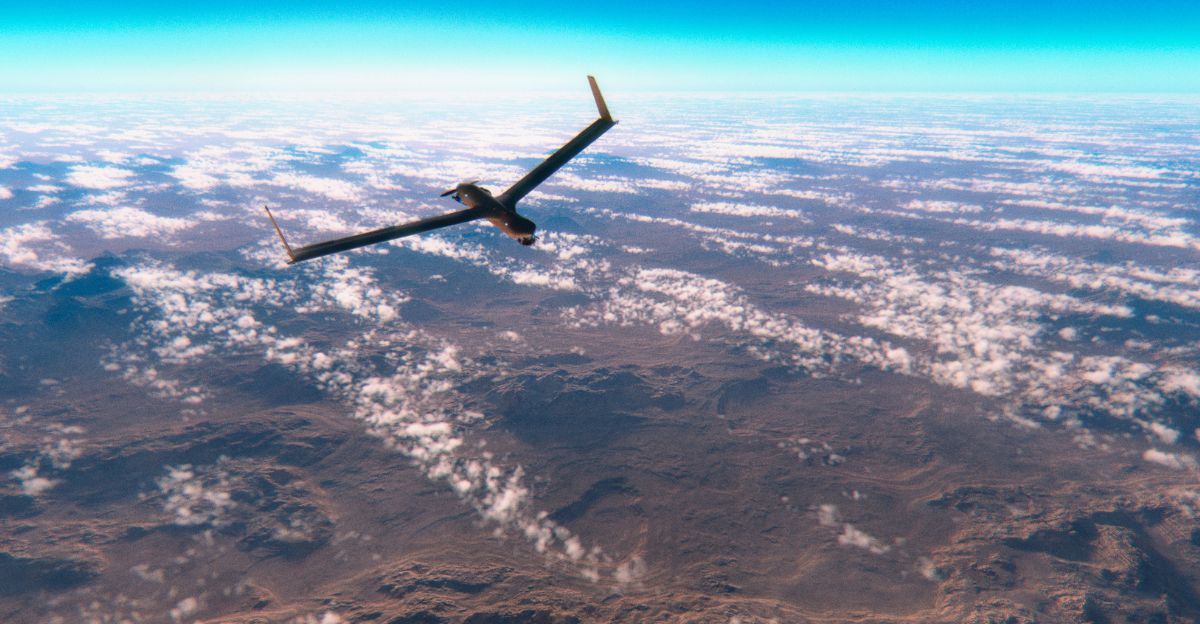
Following a $1.7 billion deal signed in 2022, Russian began receiving Iranian drones to establish production lines within its borders, notably at the Alabuga plant in Tatarstan. Although most drones are currently manufactured in Russia, the technology, software, and expertise originated from Iran.
The drones have been modified locally, including the addition of thermobaric warheads and AI-powered systems. This combination of Iranian design and Russian production has allowed Moscow to ramp up drone attacks in Ukraine, with increasing lethality and sophistication.
New Drone Features and Operational Tactics
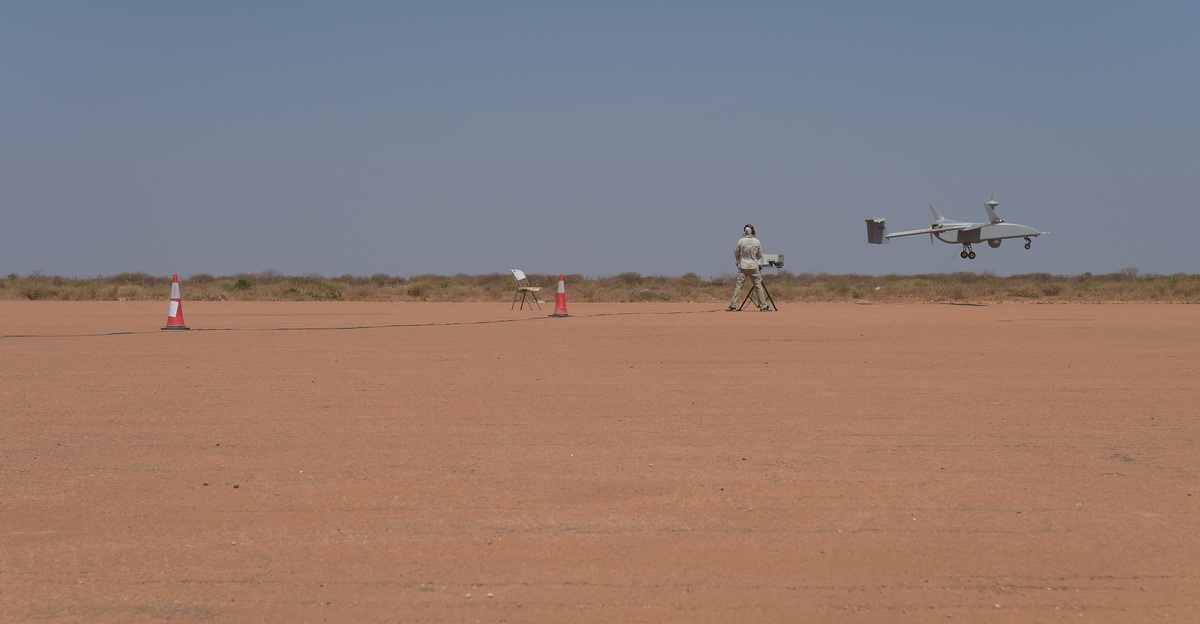
The newly discovered drone includes eight antennas instead of the usual four, enhancing its reistance to electronic jamming. This anti-jamming capacity is critical in a conflict where electronic warfare plays a pivotal role.
Russia has also adapted its tactics by flying drones at varying altitudes to evade detection and conducting massive swarm attacks that combine decoys and warhead-carrying drones.
These tactics aim to overwhelm Ukrainian air defenses and increase strike success rates. Data shows that Russian drone strikes have become more effective over time, with up to 50% of drones penetrating defenses on some nights.
The Strategic Impact of AI and Remote Control
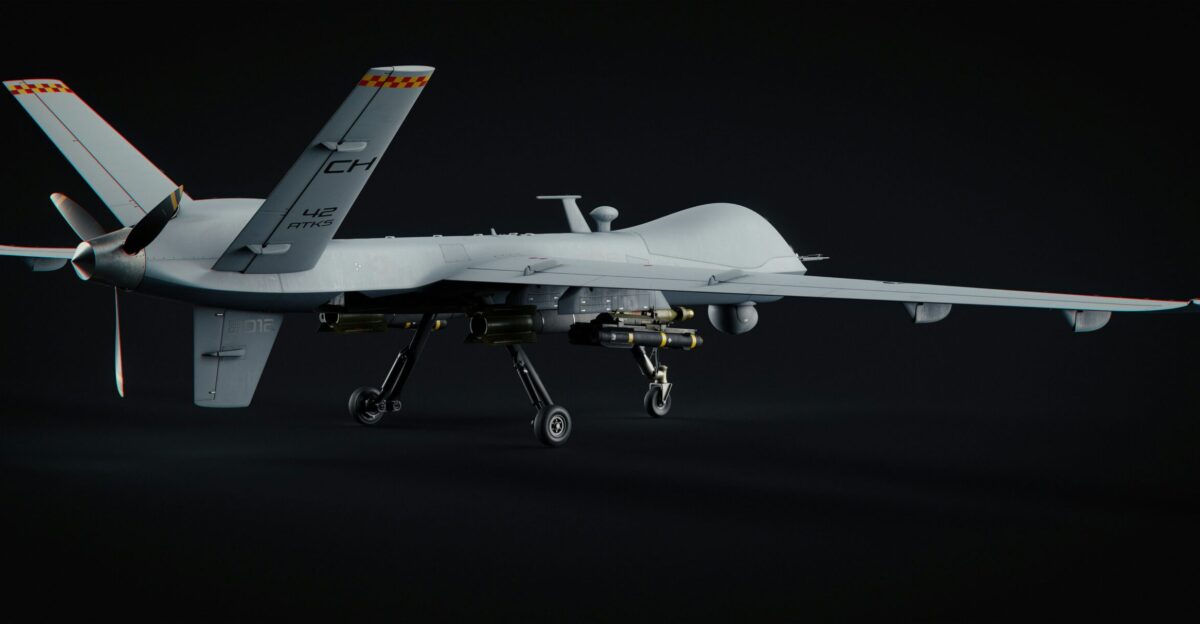
The drone’s AI computing platform enables it to navigate independently if communications are jammed, a significant improvement over earlier models that could not adjust their flight paths once launched.
The radio link allows operators to retarget drones mid-flight, providing added flexibility and precision. This technological advance makes the drone a more formidable weapon against critical infrastructure, such as power grids and communication networks.
The integration of AI and remote control represents a new phase in drone warfare, complicating defensive measures.
Israel’s Strikes and Potential Supply Disruptions
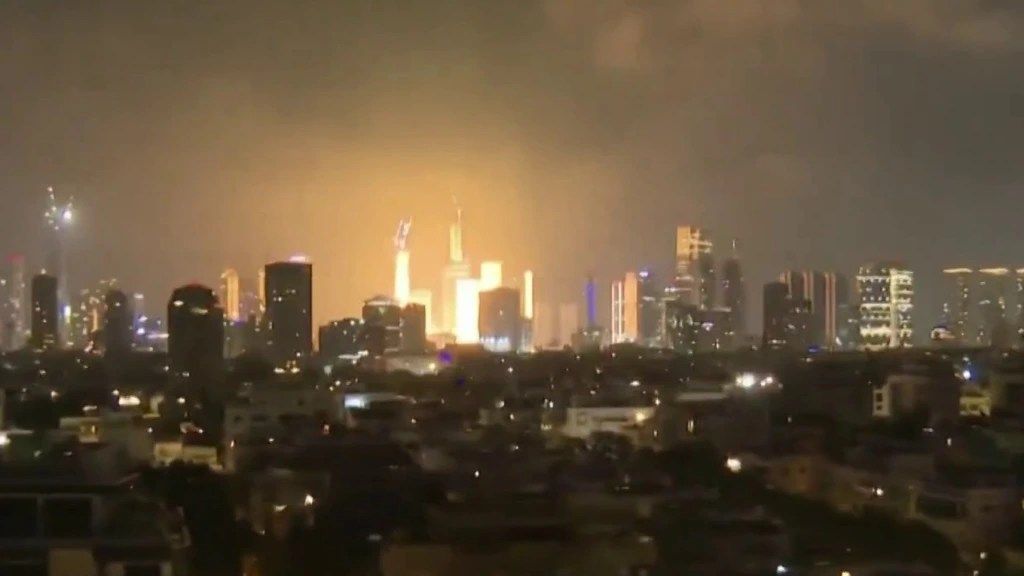
The Israeli air force has conducted strikes on Iranian military facilities, aiming to disrupt the production and supply of drones and components to Russia.
While the full impact of these attacks remains unknown, experts believe that targeting these factories producing engines and anti-jamming devices could result in supply shortages to Moscow.
Despite sanctions, both Russia and Iran continue to procure Western technology to enhance their drones. However, Israeli and U.S. efforts may hinder Iran’s ability to sustain its military exports, potentially affecting Russia’s drone capabilities in the long run.
The Broader Geopolitical Implications
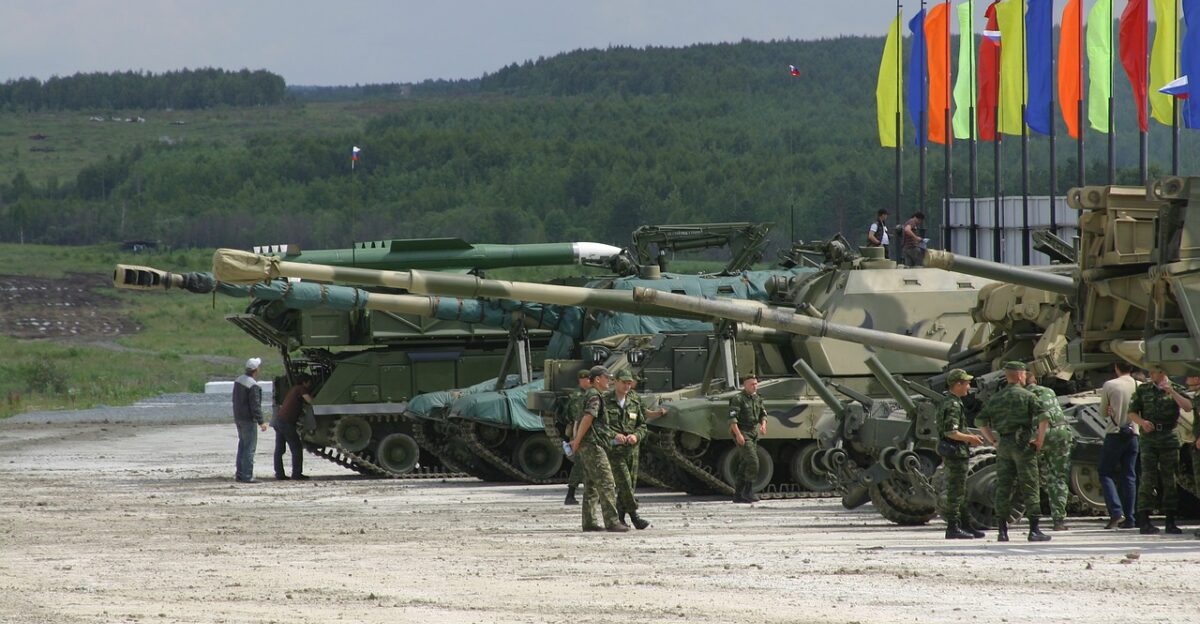
The discovery of Iranian technology in Russian drones highlights the complex and evolving nature of international military alliances. Iran’s role as a stealthy arms provider to Russia illustrates Tehran’s strategic ambitions and its willingness to challenge Western interests indirectly.
This collaboration further complicates diplomatic efforts to resolve the conflict in Ukraine, as it introduces new layers of technological and geopolitical competition.
Analysts warn that continued Iranian support could prolong and intensify the war, making it harder for Ukraine to defend itself effectively.
Future Prospects and Challenges
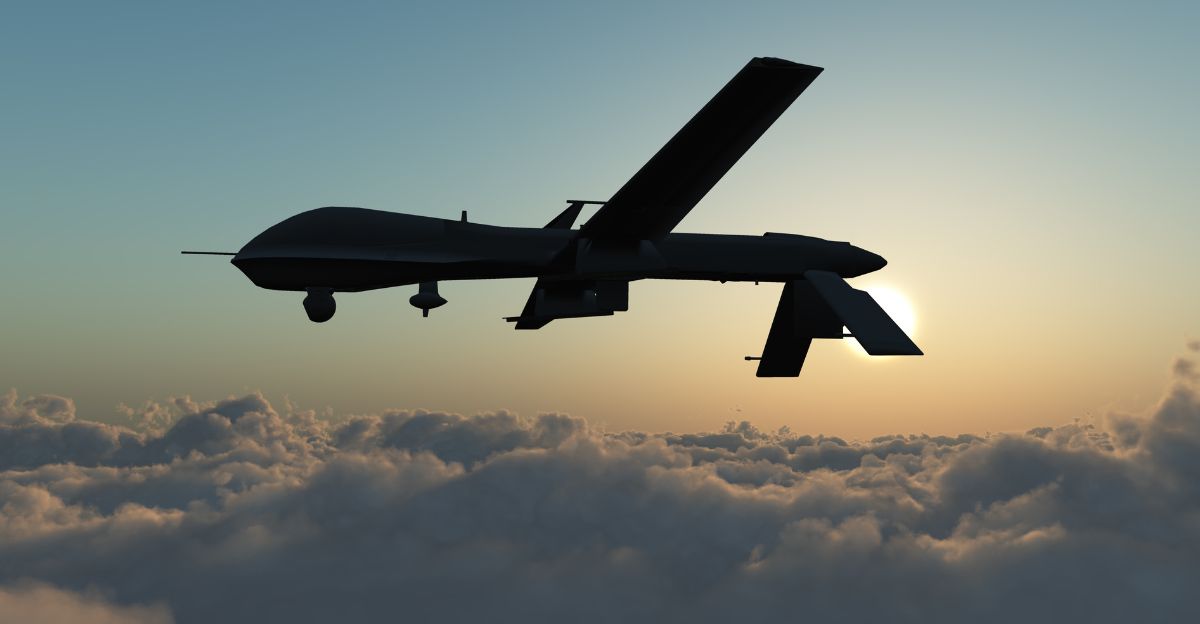
While Russia‘s drone technology is advancing rapidly, experts warn that disruptions in the supply chain, particularly from Iran, could slow things down.
The integration of AI and sophisticated anti-jamming capabilities marks a significant evolution, but sustaining production and deployment depends on uninterrupted access to critical components.
Ukraine’s ability to recover and analyze drone debris has also provided valuable intelligence to Western allies, potentially enabling countermeasures. The unfolding drone war illustrates how new technology is reshaping modern conflict, with Iran’s covert role adding a new dimension to the struggle.




